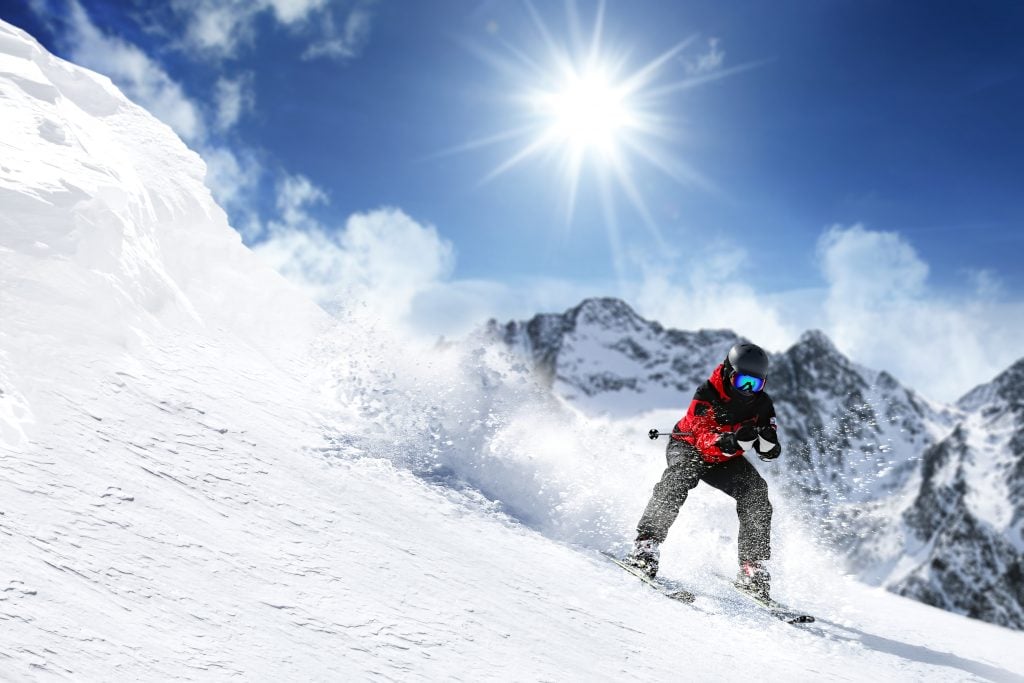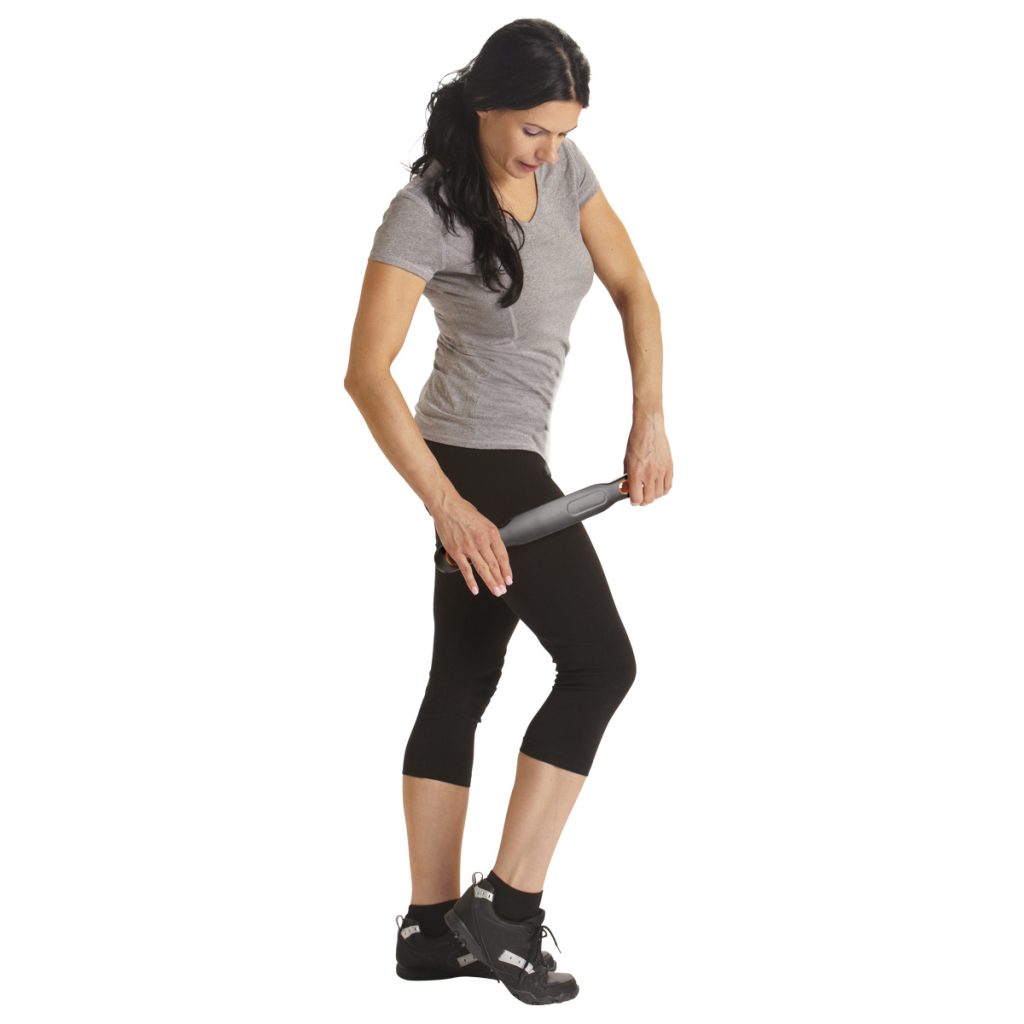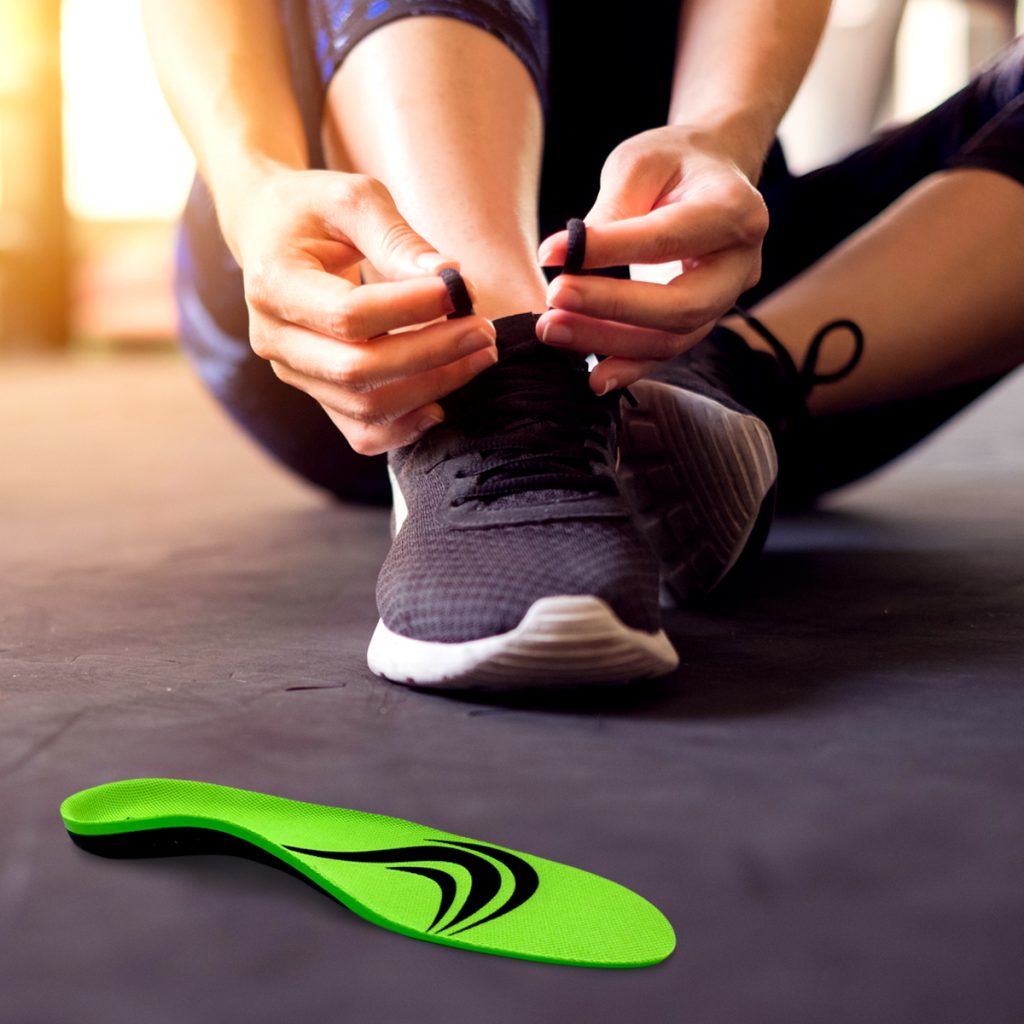
Feeling ready to hit the slopes?
The snow has already started falling in Europe, especially across the Alps, and a number of resorts are already open for the skiing season. If you’re going skiing soon, read on for some helpful tips about how to best prepare, and how to ensure your ski boots are as comfortable as possible.
Before you go
It is estimated that up to 125 million people around the world enjoy skiing and snowboarding each year, making the most of winter season. While many people find the exercise in the great outdoors an exhilarating and invigorating experience, there are a number of common foot injuries and complaints associated with the sport. These include ankle sprains, blisters, bruises and skiers’ toe – where there is bleeding under the toenails caused by the foot moving repeatedly within the ski boot, banging the toe nails against the front/top of the ski boot. Many of these conditions can be prevented by ensuring your ski boots fit correctly, assisted by an orthotic insole.
Exercises and fitness
It goes without saying that the fitter you are before your skiing trip, the more you will enjoy it, and it is recommended that you start exercising in preparation at least one month before you go. Whilst many people will hit the gym to tone up their leg and core muscles, they may not realise the benefit of exercises to strengthen the foot’s arch muscles, helping you to ski for longer, in greater comfort.

Ski boots
“Painful”, “uncomfortable”, “agony”, “toe-numbing” are just a few descriptions that may spring to mind when seeing those 2 words, mainly as a result of hiring or buying boots that do not fit properly.
When buying boots, it is likely you’ll spend a great deal of time ensuring a good, comfortable fit, and good ski shops will have specially trained staff to help you select the best boot for your foot shape and size. Hiring kit is often preferable for occasional skiers or when luggage space is limited, however in the rush to hit the slopes, people will often just take the first pair of hire boots they are given, without really ensuring they do fit correctly. The resultant foot discomfort is then accepted as just being part of the skiing experience, but this needn’t be the case.

Hired boots can often be quite well worn, resulting in reduced comfort and performance. With time and prolonged wear, the boot rigidity reduces, and the lining/padding may become worn and/or compacted, reducing their shock absorption. In addition, many people don’t know how a well-fitting ski boot should feel, and often end up skiing in boots that are too big, with incorrectly tightened buckles. This can reduce your performance on the slopes because if your boot doesn’t move accurately with your foot you will have reduced control of your skis.
If any of these symptoms are experienced while skiing, it is likely the boots are not a good fit:
Pain/Bruises/Blisters
If the boot is too big the foot will move/slip around inside the boot, leading to bruised toes and blisters.
Numbness in the toes
Numbness can also be caused by damage to the foot, nerve damage (neuropathy) and poor circulation (caused by conditions such as diabetes and peripheral vascular disease). It can also be caused by boots or socks that are too tight, restricting circulation.
Numbness along the outside of the foot
If a boot is too tight across the top of the foot, there may be pressure on the dorsal nerves, causing numbness

To ensure a ski boot fits properly, consider the following:
The boot should fit snugly without crushing your toes or foot. It might feel too small when you first put it on, especially if you have never worn ski boots or not for a long time.
Your toes should touch the end of the boot when you first put them on, and should remain comfortable once the boot has been buckled up and you’re flexed forward in a “skiing” position”. In this position your heel inside the boot should stay flat and firm on the base, and should not move around.
There should be minimal foot movement within the boot, and no sideways movement within the boot at the forefoot
Good, technical ski socks
Ski socks can help foot comfort within the boot. To a novice skier they might seem too thin, technical socks are designed to provide the right degree of support and padding as required, reducing chafing and rubbing. Compression socks can also help increase your circulation and assist your veins in getting the blood from your legs back to your heart. They give you more energy, reduce tiredness and muscle soreness and minimise swelling, helping you to recover quickly. Socks that are too thick can result in you hiring a pair of boots that is bigger than needed, and can also cause discomfort by adding pressure within the boot, which can then restrict blood flow, causing cold feet. Never be tempted to wear more than one pair of socks, and remember to cut your toenails before your skiing holiday, to reduce pressure on the nail beds caused when toenails are too long and touch/are compressed against the inside of the boot.
Orthotic insoles
FootActive orthotic insoles ensure that your feet are fully supported, stabilised and comfortable by helping to distribute weight evenly throughout the foot. Arch and heel supports ensure the correct alignment of the foot within the boot and gel padding provides shock absorbency in the forefoot area. The better a ski boot fits, the better the blood flow to the foot, resulting in warmer toes. Although many ski boots are supplied with insoles, these are not always of the highest quality nor orthotic, so they do not provide targeted support to the foot. Whether you are buying or hiring your boots, it is a good idea to buy some orthotic insoles and take them with you when selecting your ski boots, to ensure a good fit. You can use them with confidence every time you ski, year after year.
FootActive sports insoles are ideal for ski boots, with a moisture-wicking top surface layer to keep feet fresh and superb levels of cushioning and shock absorption. For children’s ski boots we recommend our kids full length insole.
Massage
Many physiotherapists also recommend giving your body including your feet a good massage after training and skiing, to increase blood flow and relax muscles.
Try our Moji massage products which can be frozen for an ICE massage. The Moji Foot Pro features high-tech lightweight engineered stainless-steel spheres, while the Moji Mini Pro can fit into your hand luggage. Ideal to help relieve foot pain and Plantar Fasciitis, the spheres dig deep into muscle and tissues to relieve pain and break up scar tissue. The Moji Curve Pro massager is a full body massager that gives you a dynamic massage anywhere on the body. All our Moji massagers are hand held and do not need batteries.
If you’d rather have heat, try our Moji heat balls which provide targeted deep tissue relief with the added benefits of up to 30 minutes of therapeutic heat.

